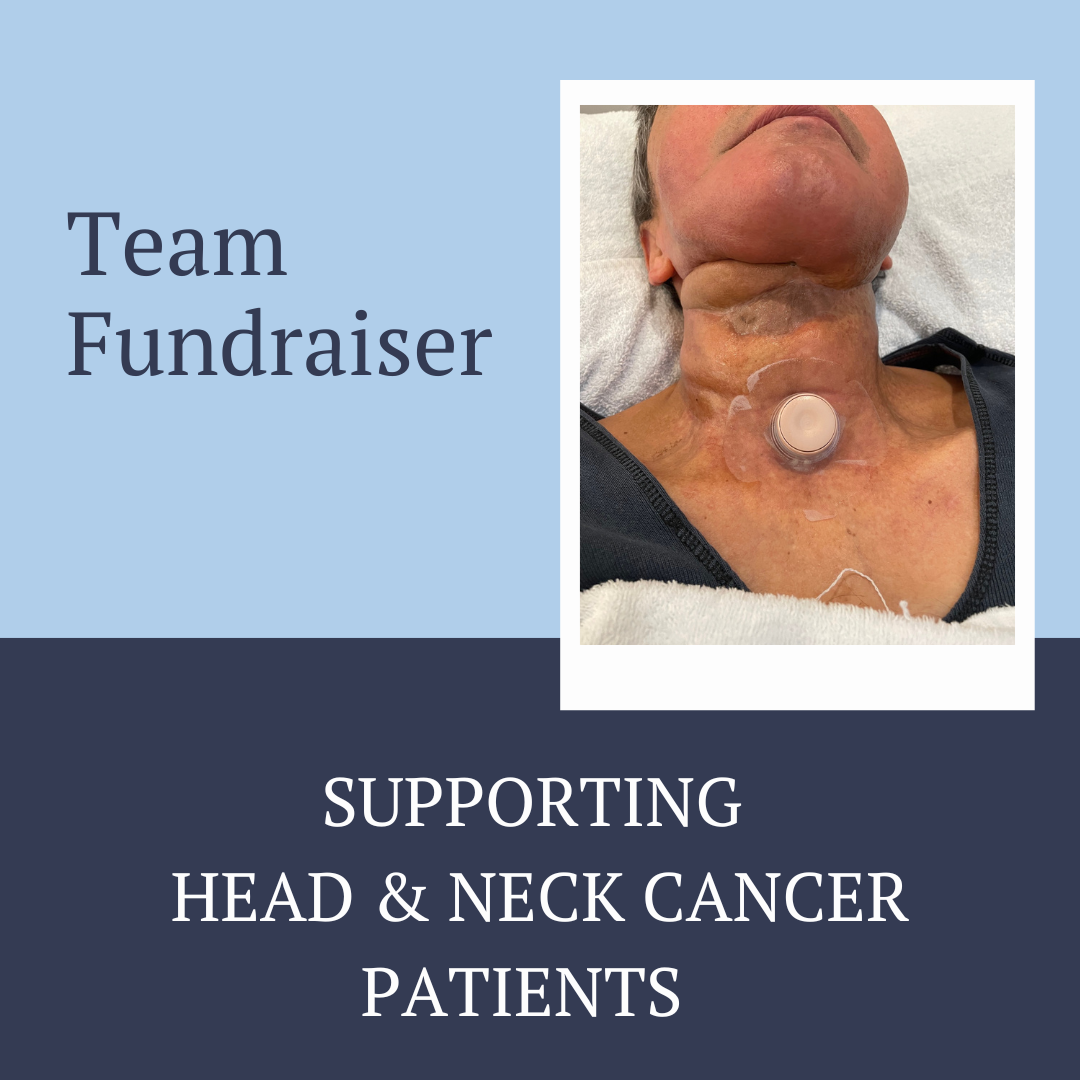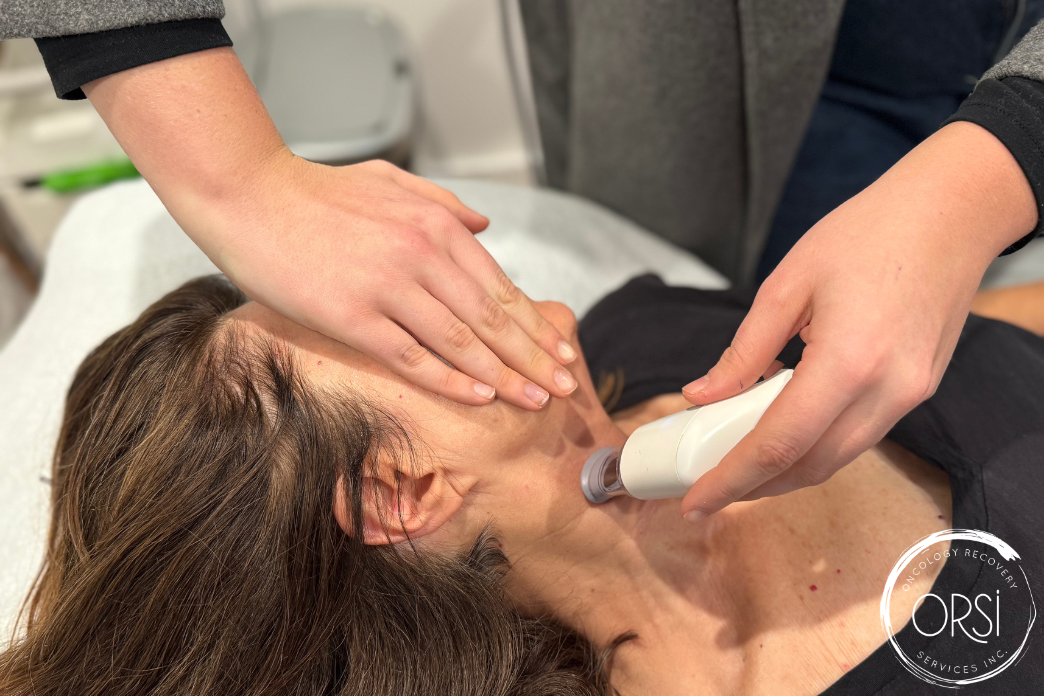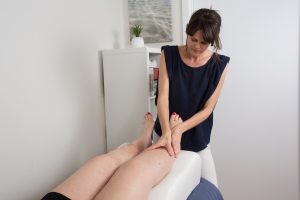Peripheral neuropathy is a common and often debilitating side effect of cancer treatment. It develops when nerves in the body’s extremities, such as the hands, feet and arms, are damaged. The damage can result from infections, metabolic problems such as diabetes, tumours, inherited causes and exposure to toxins, for example chemotherapy. Peripheral neuropathy is a potentially irreversible condition, can be debilitating for some and severely impact on quality of life.
The symptoms of peripheral neuropathy are classified as either sensory or motor depending on which nerves are affected.
Damage to sensory nerves can lead to:
- numbness
- tingling
- pain
- hypersensitivity to mechanical stimuli such as touch or pressure
- hypersensitivity to temperature changes
- paraesthesia (abnormal sensation)
Damage to the motor nerves can lead to:
- loss of proprioception (perception of the position of the body)
- muscle cramping
- compromised fine motor skills
- compromised balance or gait
- risk of falls
What is chemotherapy induced peripheral neuropathy (CIPN)?
Advances in cancer treatments have prolonged survival, but patients often have to endure long-term treatment related side effects. CIPN is damage to the peripheral nerves that is caused by chemotherapy medications. CIPN affects 30–60% of patients. The hands and feet are most commonly affected. Symptoms could appear both while taking medication (e.g., typically using platinum-based drugs) and even a long time after treatment.

Exercise for the management of peripheral neuropathy
Treatment for peripheral neuropathy most commonly includes medication to relieve the nerve pain. However, studies have shown that exercise could be an effective option for improving physical function, reducing neuropathic pain and enhance quality of life in patients with CIPN. Physical activity has been shown to be beneficial in preventing, alleviating, or improving the symptoms of CIPN in cancer patients. Exercise should be specifically prescribed simultaneously with chemotherapy to maximise the potential of avoiding debilitating side effects.
Regardless of the type of exercise, physical activity plays a positive role in the treatment of CIPN, providing significant symptom improvement. Research has shown that exercises help peripheral neuropathy, when done regularly, may reduce neuropathic pain and build strength and muscular endurance. A comprehensive physical activity routine includes four kinds of activities:

Call our clinic on 8018 8240 to enquire how we can assist you to manage your symptoms.
References:
Beneficial effects of exercise on chemotherapy-induced peripheral neuropathy and sleep disturbance: A review of literature and proposed mechanisms. L. Brett Whalen, et al, January 2022
Effects of exercise on chemotherapy-induced peripheral neuropathy in cancer patients: a systematic review and meta-analysis. Shaoning Guo , et al, February 2022
Exercise + Physical Therapy For Neuropathy by The Foundation for Peripheral Neuropathy 2022









